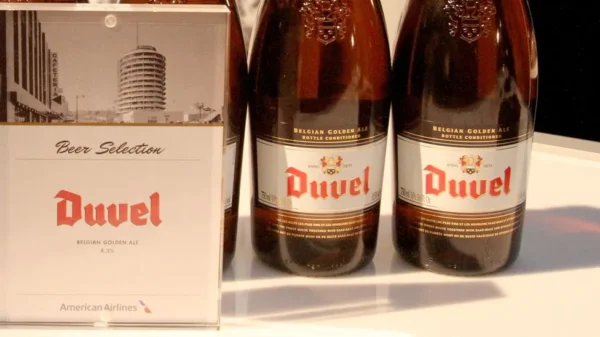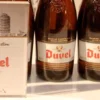Brewing Brilliance:
Breweries are innovating to meet the surging demand for non-alcoholic beer as consumers increasingly seek healthier alternatives. The trend is evident in the UK, where Mintel estimates that the retail sales value of low and no-alcohol beer grew by 28.7%, with volume sales increasing by 18.8% over 2021-23. The appeal of a non-alcoholic option that mimics the taste of traditional beer is driving breweries to explore various brewing methods.
One common approach is arrested fermentation, where the yeast is removed or prevented from becoming active. Firebrand Brewing Company, located in Cornwall, uses this method by adding less malted barley, the primary source of sugar that ferments into alcohol. Impossibrew, another UK-based brewery specializing in non-alcoholic beers, employs a cryogenic process to stop fermentation abruptly, preserving the flavor. They also incorporate a “proprietary social blend” of nootropic herbs to imitate the relaxation induced by traditional beer.
Larger breweries like Heineken often use vacuum distillation, a technology-intensive process that lowers alcohol’s boiling point while retaining the beer’s taste by reducing pressure. Heineken’s global master brewer, Willem van Waesberghe, explains that the lost flavors are reintroduced afterward to maintain a close aroma and flavor profile to traditional beer.
Another innovative technique emerging in the non-alcoholic beer space is aroma capture during vacuum distillation. Shane McNamara, responsible for beer education at AB InBev, notes that capturing and reintroducing aromatic compounds into the beer preserves the distinctive aromas essential for the overall sensory experience.
Despite the centuries-old brewing tradition, new technologies and brewing methods, such as specialized yeast strains capable of fermenting with minimal alcohol production, are driving this market’s growth. However, there is room for further innovation, with analysts suggesting that non-alcoholic beer brands could explore fortification, adding vitamins, relaxing ingredients, protein, and electrolytes to cater to health-conscious consumers.
As the demand for non-alcoholic alternatives continues to rise, breweries, both large and small, are blending traditional brewing knowledge with modern techniques to capture a share of this expanding market.













































Comment Template